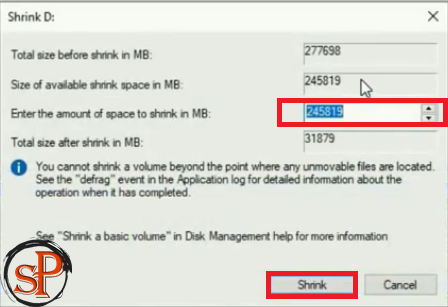
I will be using the first method on MX Linux.I ran into this same problem and I fixed it by using parted to change the filesystem label from msdos to gpt. In Windows use one of the GUI tools, unetbootin or rufus.In Linux login as root and use the dd command.Once you’ve downloaded and verified your Kali ISO file, use one of the following commands:

Creating a bootable Kali Linux USB drive is fairly easy. To create a bootable USB drive you will need a verified copy of the ISO image of the latest Kali build and a USB drive, a minimum 8GB in size. It’s potentially persistent so that data can be saved on the UDB drive.It’s portable so you can carry it with you and have it running in minutes on an available system.It’s non-destructive as it makes no changes to the host system’s hard drive.The quickest way to get up and running with Kali Linux is to run it live from a USB drive. The resulting SHA256 signature should match the signature displayed in the sha256sum column on the official download page for the image. How to verify the Kali Linux ISO is also explained in the tutorial ‘Installing Kali Linux as a VM’. I have downloaded it here: Verifying the Download I will be using the latest (as of March 2020) Kali Linux 64-bit (Live) version. How to download Kali Linux is explained in the tutorial ‘Installing Kali Linux as a VM’, the first in this series. It is one of a series of tutorials which will help you setup the proper environmentįor using Kali Linux and then show you how to use it’s tools.īy the end of this session you will be able to create: a USB drive running Kali Live Linux a partition for persistence on the USB drive a file system on the new partition and persistent files on the USB drive. Persistence so that you can save files on the drive and then run Kali from the


This tutorial will show you how to install Kali Linux on a USB drive, add


 0 kommentar(er)
0 kommentar(er)
